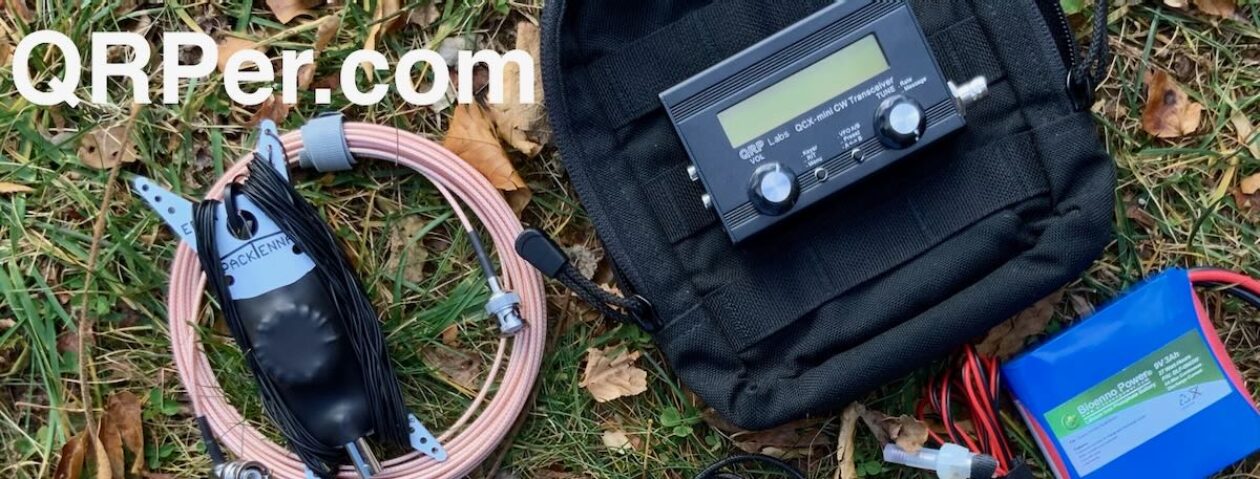Many thanks to Christian (IX1CKN) who shares the following field report:
POTA Friends Meet to Activate IT-0737
by Christian (IX1CKN)
With Andrea (IW0HK) in Turin for a few days, it would have been a shame not to use Sunday for a POTA activation, recreating the “Multicountry Rove” team that participated in the Friedrichshafen Fair.
Our chosen destination, as a halfway point for both of us, was (again) Canavese in Piedmont, where we had identified Lake Candia (IT-0737), a Natura 2000 reserve we had been eyeing for some time but had never activated.
 We reached the reserve (exit on the A5 for both of us at San Giorgio Canavese, then towards Caluso, and finally the Provincial Road 84, which runs right along the lake’s edge). We soon realized that on Sundays, the area is quite popular with locals seeking a cool spot (the lake is also suitable for swimming). A restaurant and a beach are the first things you encounter, but we had something less crowded in mind.
We reached the reserve (exit on the A5 for both of us at San Giorgio Canavese, then towards Caluso, and finally the Provincial Road 84, which runs right along the lake’s edge). We soon realized that on Sundays, the area is quite popular with locals seeking a cool spot (the lake is also suitable for swimming). A restaurant and a beach are the first things you encounter, but we had something less crowded in mind.
We stopped by a patch of vegetation, with tall trees that offered much-needed shade on a 30°C Sunday (though with some insects as a price to pay, but we brought repellent spray). For the antenna, we used the tried and tested quarter-wave Chinese whip, which had proven crucial in our recent German activations.
 We started the activation on 20 meters, and it was clear from the beginning that propagation was only partially favorable (a minor solar flare in progress, but we’ve lost count at this point).
We started the activation on 20 meters, and it was clear from the beginning that propagation was only partially favorable (a minor solar flare in progress, but we’ve lost count at this point).
Many signals started strong but faded quickly, almost disappearing after the second pass. Almost all contacts were POTA enthusiasts, recognizable by their calls, a testament to the program’s growing popularity.
 We managed two “park to park” contacts: one in Germany and the other in the UK. Other stations appeared on the cluster, but we couldn’t hear them. After about half an hour, we reached the milestone of 10 QSOs, making the activation valid. The rate indicated a challenging Sunday, as it seemed right from the start: few stations responded, but curiously, those that did came in with solid signals.
We managed two “park to park” contacts: one in Germany and the other in the UK. Other stations appeared on the cluster, but we couldn’t hear them. After about half an hour, we reached the milestone of 10 QSOs, making the activation valid. The rate indicated a challenging Sunday, as it seemed right from the start: few stations responded, but curiously, those that did came in with solid signals.
We attributed this to well-set-up home stations and decided to switch bands. 10 and 12 meters were closed, but we heard some QSOs on 15 meters and started calling. The response that made the activation worthwhile came from Marvin Ward “Lee” KI5MM (who, we later discovered, was transmitting from a place in Texas called Italy—perhaps it was fate). He gave us a 3/3 report, but we couldn’t have been happier: we were using a KX-3 at 10 watts with a ground-planted vertical antenna.
 Another colleague from Sweden also came in on 15 meters, but nothing else in the next ten minutes. We wrapped up with fourteen contacts and headed back to the initial restaurant for a refreshing beer by the lake.
Another colleague from Sweden also came in on 15 meters, but nothing else in the next ten minutes. We wrapped up with fourteen contacts and headed back to the initial restaurant for a refreshing beer by the lake.
If every activation has a lesson, this one was that while propagation may be poor, taking care of your antenna setup (the quarter-wave being the most natural form) guarantees results. There’s already a lot of talk about this antenna, but I’m sure the more people try it, the more it will be discussed.
 Thanks to everyone who connected with us, and until next time!
Thanks to everyone who connected with us, and until next time!
Ciao, 73!
Chris, IX1CKN































